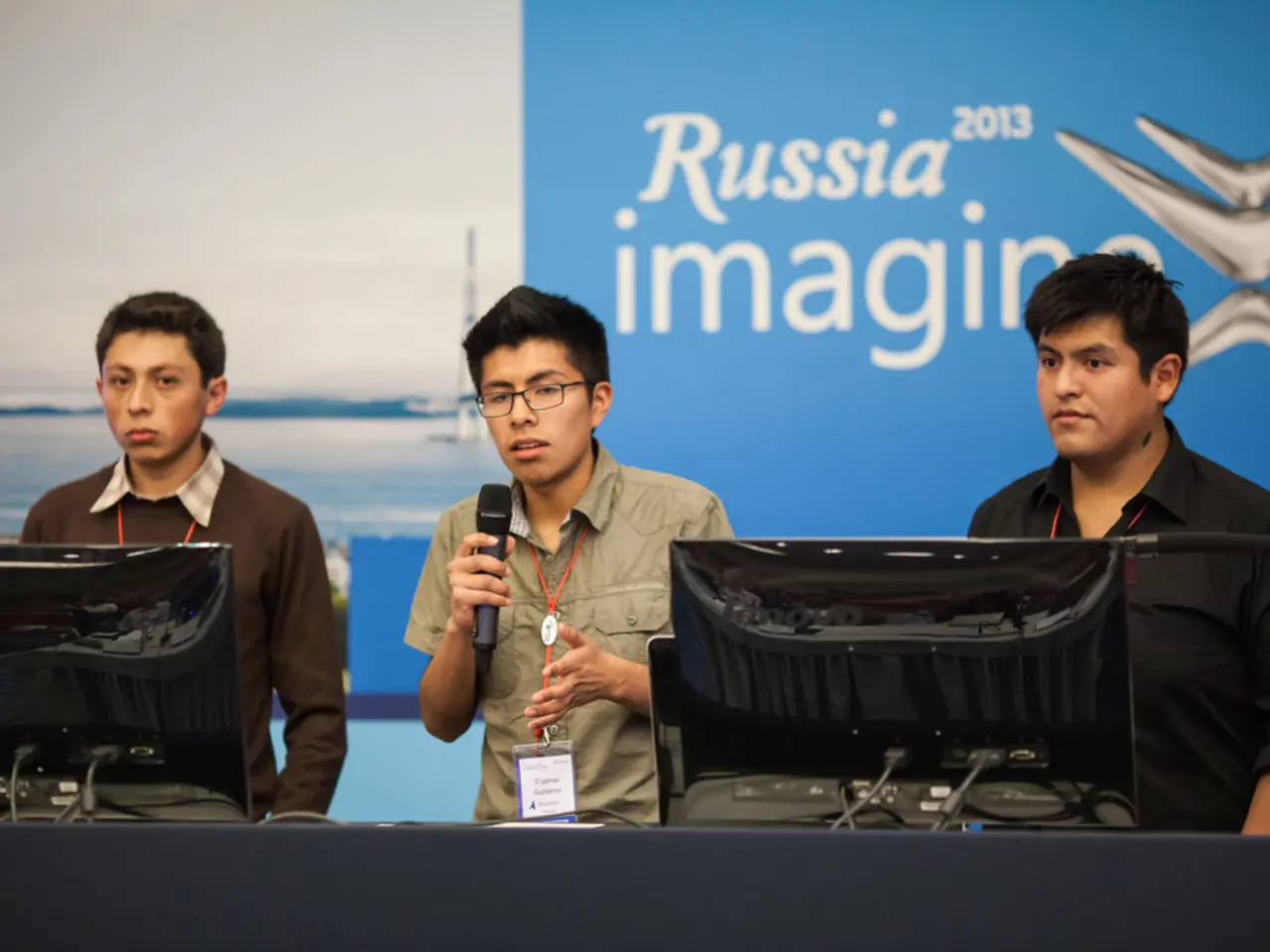Struggling residents of Luhansk, under occupation, face daily hardships
In the eastern Ukraine region of Luhansk, the ongoing conflict and Russian occupation since 2014 have left a profound impact on the daily lives and economy of the town of Novoaidar.
Security and Daily Life
The area around Novoaidar has been a hotspot for military activity between Ukrainian forces and Russian-backed separatists, resulting in instability, frequent shelling, checkpoints, and security restrictions. Many residents have been displaced or forced to flee as refugees due to the fighting and occupation. Basic services such as healthcare, education, and utilities have often been disrupted or limited due to damage to infrastructure and administrative challenges.
Living in a conflict zone has caused stress, trauma, and uncertainty for civilians, with poor cellphone reception and internet access further isolating them from the outside world.
Economic Impact
The conflict has caused significant damage to factories, farms, roads, and civic infrastructure, reducing local economic productivity. Traditional trade routes and supply chains with the rest of Ukraine and abroad have been severed or restricted, limiting commerce. Many businesses have closed or reduced operations, leading to unemployment and a shrinking local economy.
Agricultural activities have been hampered by unsafe access to fields, lack of supplies, and workforce displacement. The economic situation is further complicated by shifts in currency use and administration.
Administrative and Social Changes
Russian-backed separatists have established parallel administrations, making legal and social systems ambiguous and undermining rule of law. Reports include restricted freedoms, arbitrary detentions, and limited access to independent media and humanitarian aid.
The Story of Oksana
Oksana, a resident of Novoaidar, has faced her share of hardships. Her house has been damaged by shelling, but the occupying authorities haven't provided help for reconstruction. To secure her property, she had to obtain Russian papers. Despite the decree for those without Russian citizenship to leave the occupied territories by September 10, Oksana intends to stay in Novoaidar and see what happens.
To make ends meet, Oksana has to barter vegetables with neighbors due to restrictions on selling food, and she makes trips to nearby towns like Luhansk, Sievierodonetsk, and Starobilsk to buy food due to lower prices. Jobs in the service industry or construction are common in the area.
The Future
The population of Novoaidar has shrunk by a third since the Russian invasion. Russia captured Novoaidar, Lysychansk, Sievierodonetsk, Rubizhne, and almost all of the Luhansk region in the spring of 2022. The situation remains difficult and fluid, with reconstruction and normalization dependent on political and security developments.
Despite the challenges, the resilience of the people of Novoaidar shines through. They continue to adapt and find ways to survive, hoping for a peaceful and prosperous future.
- The limited access to independent media in the conflict zone of Novoaidar prevents residents like Oksana from being fully informed about general news, politics, and war-and-conflicts beyond their immediate surroundings.
- The Russian occupation in Novoaidar has resulted in a significant disruption of media services, isolating residents and hindering their understanding of bigger national and international events.





